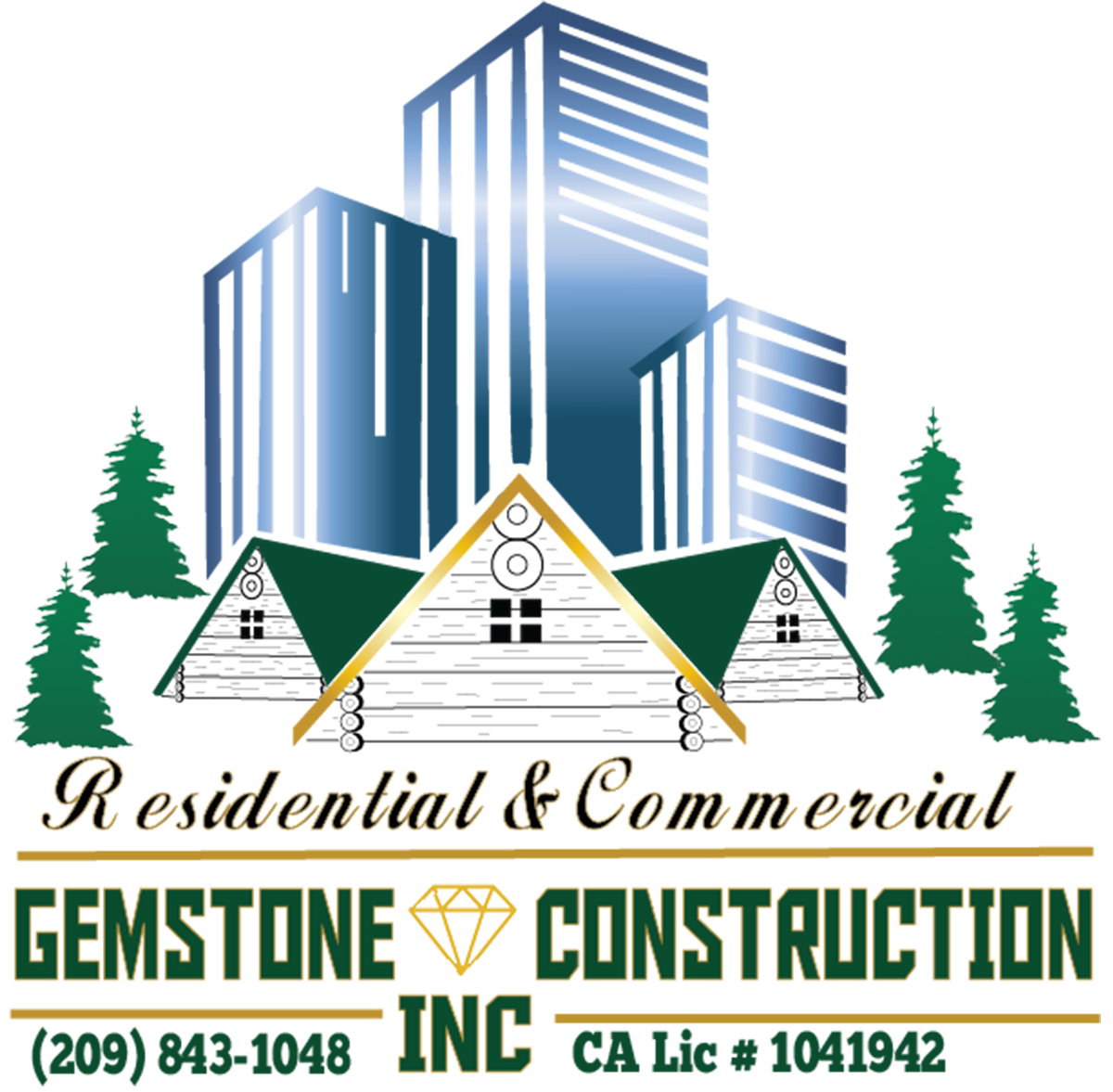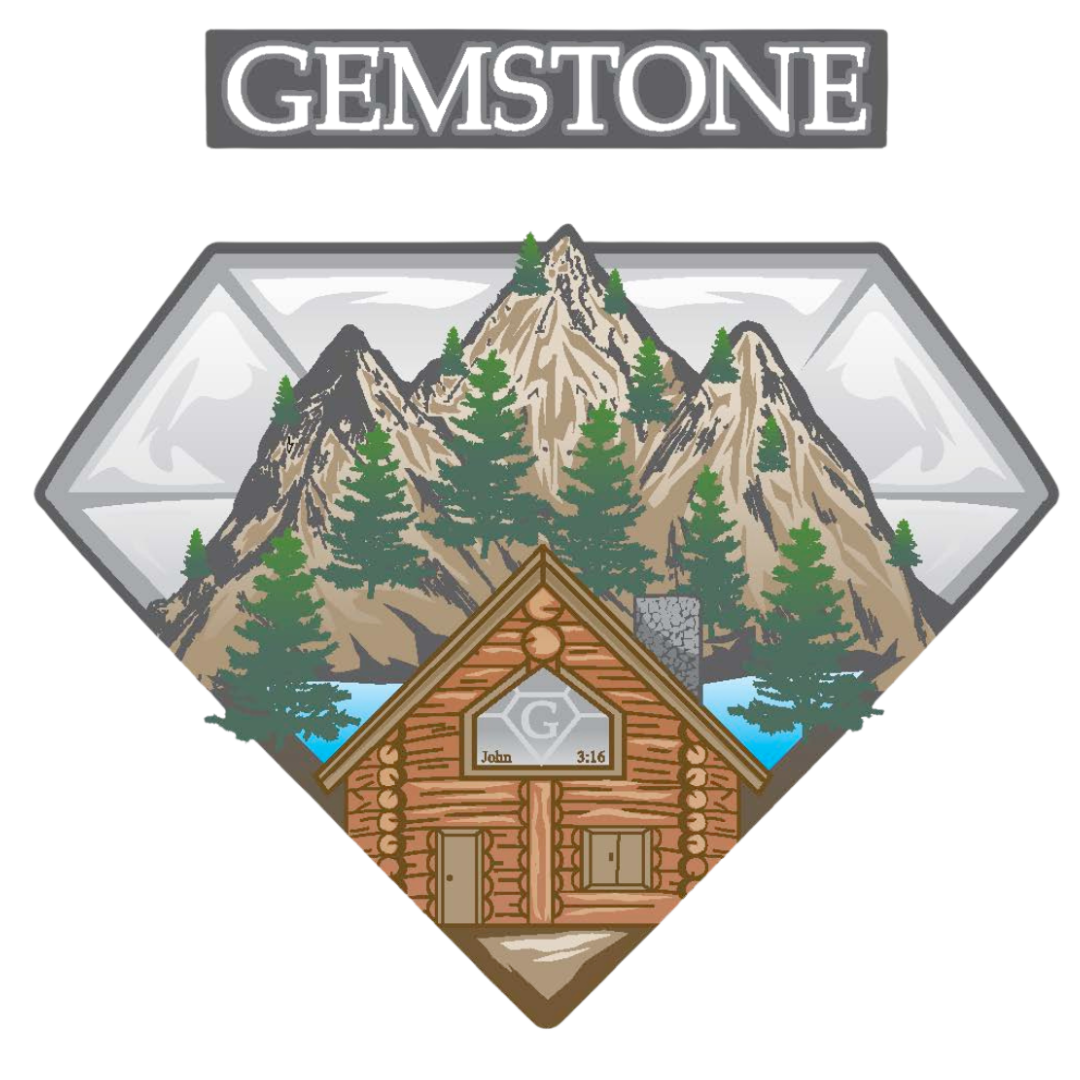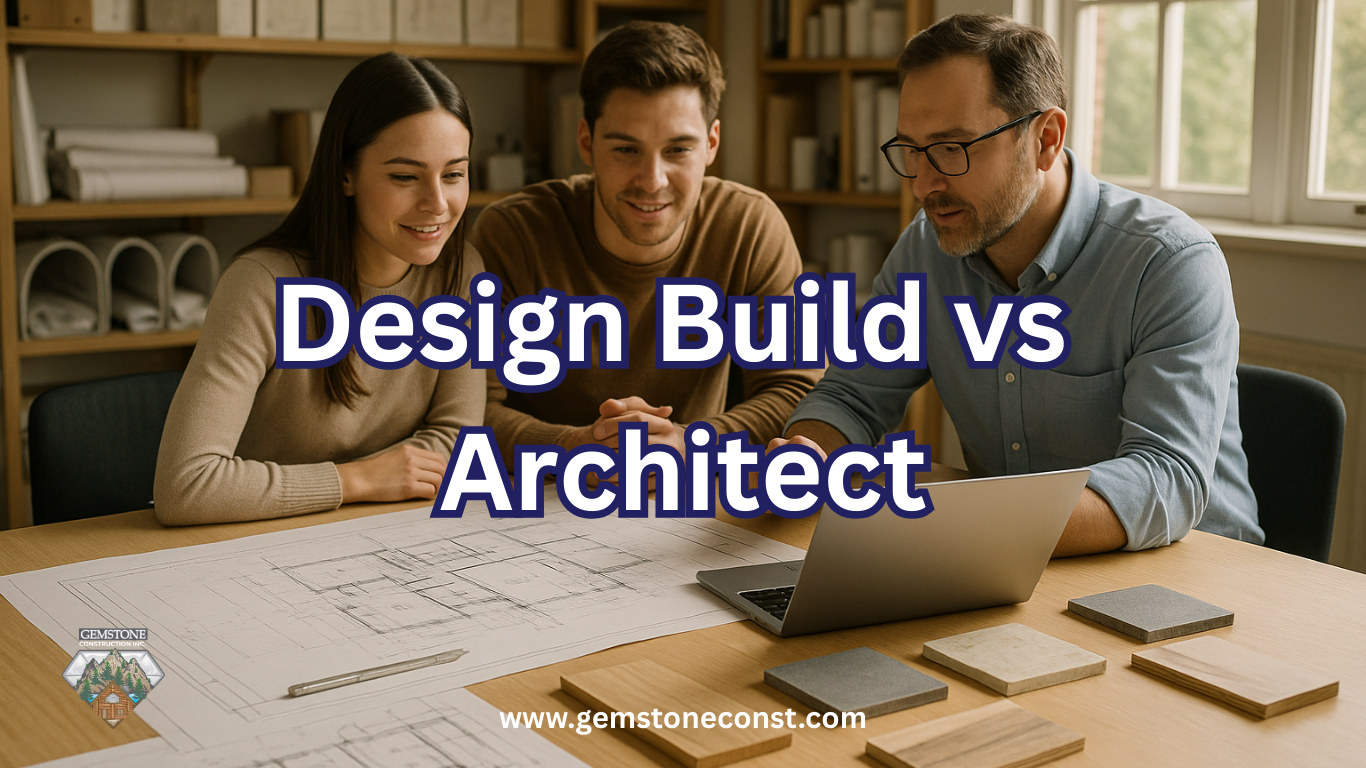GemStone Construction Blog
What Is a Design Build Firm?
September 4, 2025 | Gemstone Construction | Sacramento, CA | USA
Sacramento families hear the phrase design build and wonder what it really means. The short answer is that you hire one team that handles both design and construction under a single contract, so your ideas, the budget, and the calendar stay in sync. That single team listens, sketches, prices, and builds while you make choices with simple numbers. It feels calm because there are fewer handoffs and fewer chances for misunderstandings. It also makes tough calls easier, since the people drawing the home are the same people who will build it in your neighborhood.
If you want the longer answer without a lot of jargon, you are in the right place. This guide explains how the model works and what it looks like in the Sacramento area. You will see how the first meeting leads to real sketches, how early pricing protects your budget, and how permit packets move through city and county review. You will also see why one team can save time and reduce risk. The national group that promotes design build defines the approach as one contract with a single point of responsibility and shows how the method can improve cost and schedule outcomes for owners. That is a formal way of saying it gives you one accountable partner from start to finish.
What design build means for homeowners
The plain English definition of what is design build construction
Here is the definition most owners prefer. Design build means one agreement with one team that is responsible for planning and building your house. You do not sign with an architect and then go search for a builder later. You do not try to make two firms agree while you stand in the middle. You hire a single group that brings both roles to the table from day one. That group coordinates drawings, pricing, and schedule in the same room and keeps the plan moving as the home takes shape. The result is fewer change orders, quicker decisions, and less stress.
This model has grown for a reason. When the designer and the builder sit together, answers come faster and surprises stay small. If a layout shifts, the price update lands the same week, and the team adjusts the calendar before anyone loses time. The American Institute of Architects has a plain language primer that compares delivery methods and describes design build as a single contract where the design build entity leads the work and carries responsibility. That is the model we are describing in local terms. It is simple to understand and even easier to feel once you see how the meetings run.
One contract and one team from sketch to keys
Owners like the single contract because it lines up incentives. There is no gap between the people who draw and the people who build, so choices stay grounded in real costs and real logistics. During design rounds the builder validates numbers while the designer protects the look and the feel. During construction the designer answers field questions without delay because the design intent lives inside the same team. That steady loop is hard to create when separate firms work under separate agreements.
The single team also makes meetings easier. You get one project lead who runs weekly check ins and keeps you focused on the next two or three decisions. You will not repeat yourself to two offices. You will not hear one firm tell you to ask the other firm for an answer. A national owner group focused on design build explains that the method reduces owner risk by consolidating responsibility and aligning budget and schedule early. That is a formal way to describe a very human benefit. You know who to call and that call actually moves the work.
How this model reduces handoffs and keeps choices clear
Every handoff adds risk. That is why design build tries to remove as many as possible. When pricing and drawings live side by side, you do not wait weeks for a third party estimate. When city comments arrive, the same team revises sheets and coordinates with subs the same day. That is what owners mean when they say the process feels smooth. Fewer steps means fewer chances to trip.
Clarity around choices is a second win. At each design round you see two or three options that match how you live. The team shows you what each option costs and how it affects the calendar. You pick with confidence because you know the tradeoffs. The industry primer from the AIA notes that delivery methods differ in who holds the contract and how communication flows. In design build the communication path is short and that makes decisions easier to understand.
How the design build process works from first chat to move in
Getting started on your lot, vision, budget, and early sketches
First meetings set the tone. A good team will walk your lot in clear daylight and talk through your daily routines. You will stand where the kitchen might land and look toward the morning sun. You will talk about guests, homework, bike storage, and outdoor dining. Then the team will sketch two or three layouts that fit your life and your parcel. You will see simple drawings, not just words, and you will react to real floor plans rather than guess at what a note means.
That same week you should see early pricing ranges. They are not hard bids yet, but they protect you from falling in love with a layout that does not fit your comfort zone. You will see how a larger slider, a vaulted ceiling, or a longer covered patio changes the number. You will also see how smart moves can keep the feel while keeping the budget steady. This is where design build shines, because pricing and drawing grow together and never drift apart.
Pricing as you design and making choices with real numbers
The next few rounds are a friendly loop. You react to a sketch. The team refines it and updates the range. You look at clear options with clear numbers and pick the one that fits. The loop repeats until the plan feels right and the early total feels safe. You will notice that conversations stay calm because everyone has the same information at the same time. The single team is not waiting on an outside estimator, and you are not waiting on a bid day to learn what the house might cost.
That steady loop keeps surprises small when the house goes to permit. Design build resources often highlight progressive design build, where design and cost models are advanced together until the owner is comfortable with both. That is not jargon to memorize. It is simply the way one team turns ideas into a plan you can approve without fear. You move forward because the numbers and the drawings agree and because the people who will build the home have already vetted the details.
Permits, energy rules, and plan check in the Sacramento area
Local rules are no mystery if you start with the right checklist. The City of Sacramento publishes a new residential submittal checklist and requires electronic plan check for plan review. The guide explains how to create an account, upload files, and track comments through the portal. Sacramento County publishes a residential submittal list for new buildings and additions that spells out what sheets and forms you need for county projects. A complete packet moves faster and leads to fewer requests for more information.
Energy standards shape comfort and long term costs, so teams plan for them early. California Title Twenty Four sets statewide building energy standards and the California Energy Commission publishes a single family residential compliance manual that explains how to meet the target using a mix of envelope, window, system, and ventilation choices. When those decisions are made during design rounds, your packet shows a clear compliance path and reviewers can approve with confidence. On your end it means a quieter home that holds temperature well and uses energy wisely.
Build phase rhythm, site prep, framing, and finish work
Construction should feel steady, not chaotic. A good team sets a selections calendar, orders long lead items, and confirms inspection windows before breaking ground. Site prep and foundation work start on a calm morning. Framing follows with clean staging and clear handoffs. You receive weekly notes and photo updates and you always know the next two decisions on your plate. If something outside anyone’s control nudges a date, the same team adjusts the plan and shows you the new path.
Once the shell is dry, rough work begins for plumbing, electrical, and mechanical. Each trade hands off to the next with a short list that closes before finishes arrive. You will notice that the team answers field questions quickly because the designer and the builder are already aligned. That is the quiet strength of this method. The work does not stall while two firms send emails. It moves because the same people you met in design are standing on the site.
Why Sacramento owners choose design build
Comfort and lifestyle fit for local lots and neighborhoods
Sacramento has a mix of city streets, mature trees, river breezes, and open parcels near the foothills. A design build team can react to that mix in real time. During the lot walk the designer notes shade and views while the builder considers access, driveway turns, and staging. Together they shape the plan to fit the parcel and your daily life. Rooms feel right because the layout respects the way you actually move. Outdoor space works because sun and wind were part of the first sketch, not an afterthought.
That same teamwork protects privacy and traffic flow. Window placement balances light with sight lines. Entries handle groceries and gear without crowding. A small change on paper can save a lot of frustration later. When the people who frame the house are in the room during design, those small changes happen at the right time and for the right reasons. You feel the benefit every day after you move in.
Schedule and supply choices that match our climate and lead times
Our summers are hot and dry. Our winters bring rain. Good planning uses both facts to your advantage. The team sequences work to dry in the house before the wet season if possible and orders items with longer lead times early. The result is a schedule that feels steady and real. You are not staring at a gap because a key item was forgotten. You are not calling three firms to ask what comes next. The single group shows you the plan and then works that plan.
Supply choices follow the same logic. If windows have longer lead times, orders go in as soon as you approve the layout. If a special finish has a narrow window for delivery, the team sets that date and builds around it. Because design and build functions sit together, they see conflicts early and resolve them before you feel them.
Communication cadence, weekly updates, photos, and walk throughs
Clear communication makes everything easier. A strong team sets weekly check ins and uses a simple dashboard so you can see the calendar and the status at a glance. Photo updates let you follow along even when work keeps you away from the site. Walk throughs are scheduled at key points, and someone always meets you on site to answer questions in person. You will notice that answers are quick and consistent, because the same people own the plan and the work.
It sounds simple because it is simple. One lead speaks for the team, follows up on any open items, and calls you before you need to call them. That level of service is not a luxury. It is what keeps the project calm when life gets busy. It is also the part of design build most owners name when they tell friends why the process felt smooth.
Design build versus design bid build
Key differences in who you hire and how the work flows
In design bid build you sign with an architect, complete a set of drawings, and then ask builders to bid. You manage two contracts and you stand in the middle when drawings meet field realities. In design build you sign once with a single entity that includes both design and construction. The AIA primer explains these delivery methods and notes that design build creates one contract and one main player who carries responsibility for both planning and execution. That difference changes how the work flows and who owns each answer.
When one entity carries both roles, coordination is built in. Pricing happens during design instead of after it. Field questions go back to the same room that drew the details. Schedule planning accounts for both design time and construction work. Owners feel that difference as fewer surprises and fewer delays. It is not magic. It is a shorter path between the people making drawings and the people lifting the walls.
Risk and accountability, how design build aligns goals
Design build reduces owner risk by giving you one point of responsibility. The national design build association describes the model as a unified approach that aligns budget and schedule early and holds one entity accountable for results. That alignment changes behavior in healthy ways. The team has to solve problems together because there is no one else to blame. They own both the plan and the build, so they plan better and build smarter.
You still have full control over style and features. The difference is that every idea runs through the same group that will execute it, so tough calls get honest input. That protects you from over designing a detail that does not fit the budget or the calendar. It also protects the look you want, because the builder respects the design intent and the designer respects the site realities. That balance is the quiet reason the method works.
Cost and time findings from industry research and owner groups
Industry groups track performance across delivery methods. Owner resources from the national design build association report that design build can shorten overall schedules and improve cost certainty because design and construction planning are integrated from day one. The AIA resources describe similar benefits in plain language and explain how the single contract can streamline decision making for owners who want predictable results. You do not need to memorize the studies to feel the effect. You only need to watch how the calendar holds when one team owns both drawing and doing.
Local context matters as well. Sacramento requires electronic plan check for plan review submittals and publishes clear checklists that help complete packets move faster. A complete packet plus a unified team equals fewer review cycles and a quicker start in the field. That is not theory. That is the way permit desks prefer to work, and the posted checklists prove it.
Frequently asked questions about design build
What is the difference between design build and design bid build?
Design build uses one contract with a single team for both design and construction. Design bid build uses separate contracts, one with an architect and one with a builder, and asks the owner to manage the handoff between drawing and building. In design build the team prices as they design, so you see the cost impact of choices right away. In design bid build you often learn costs after drawings are complete, which can lead to redraws and delays. The AIA primer explains these definitions and shows how communication paths differ across methods, and that is why owners who want a single point of responsibility often choose design build.
There is also a difference in day to day feel. Under design build you speak with one project lead who coordinates the group. Meetings focus on the next decisions you need to make. Under design bid build you may need to repeat your goals to two firms and track who owns which answer. Both methods can produce a beautiful home, but only one gives you a single accountable partner from the first sketch to the last walk through. That simplicity is why many Sacramento families lean toward one team when building a custom home.
Is design build faster or more predictable for a custom home
Owners often see faster decisions and fewer delays because the people drawing the home are the same people planning the site work and the trades. When a question pops up, it gets answered within the team instead of bouncing between offices. That alone can shave weeks off the schedule. Owner resources from the national design build association point to schedule and cost benefits that flow from early alignment and continuous pricing. You do not need to memorize their terms to get the point. One room, one plan, and one calendar keep moving.
Predictability improves for the same reason. Since pricing runs alongside design, you choose with real numbers and avoid a shock on bid day. Since the builder helps plan submittals, the permit packet lands complete and review cycles stay short. Sacramento’s electronic plan check and posted checklists make that even easier. A complete, tidy packet in the right format moves faster through the system, and a unified team is built to deliver exactly that.
Do I still work with an architect in a design build team?
Yes. You still work with an architect or licensed designer who leads the creative side of the home. The difference is that your architect sits with the builder as a single team instead of working across a gap. The designer protects the look and the flow while the builder checks structure, access, and schedule. The AIA explains that design build is a delivery method where the owner has one contract with a design build entity that can be led by an architect or a contractor, and that reality plays out on real projects every week. You keep your design voice. The team keeps the process clear and coordinated.
Owners tend to like this because it gives creative freedom with fewer surprises. You can explore ideas knowing that someone in the room is watching cost and lead times. If a choice strains the budget, you will hear it early and see options that protect the look. That is how one team delivers a custom home that still feels like you when you turn the key.
How long does the design to permit to build timeline take?
Time frames vary by scope and by agency, but there is a common pattern. Concept design and early pricing rounds often take several weeks and can stretch to a couple of months if you explore many layouts. Permit review adds city or county time, which moves faster when you use the posted submittal checklist and the electronic plan check process. After approval, site work, foundation, framing, and finishes stack up into a build phase that usually runs many months for a single family custom home. The cleanest schedules come from complete packets and early orders for long lead items. The City of Sacramento submittal checklist and plan check guide show how files move, which helps owners understand the steps.
A unified team smooths the handoff between each phase. The same group that drew your home orders windows at the right time, reserves inspection windows, and keeps the crew focused on a tidy site. If weather or deliveries nudge dates, they adjust and tell you the new plan right away. You will feel the difference when the calendar reads like a real plan instead of a guess.
What drawings and energy documents do reviewers require in Sacramento?
Reviewers want a complete and legible set. That includes a cover sheet, a site plan with setbacks, floor plans, elevations, structural sheets, and supporting forms. The City of Sacramento posts a new residential submittal checklist and requires electronic plan check for plan review. Sacramento County posts a residential submittal list for county projects. On top of that, California Title Twenty Four sets statewide energy standards and the California Energy Commission publishes a single family residential compliance manual that explains how designers show compliance. When your packet follows those documents, review tends to move faster and redlines stay light.
Owners do not need to memorize any of this. You only need a team that knows these lists and uses them to build a clean submittal. A complete packet helps the reviewer say yes. A tidy plan helps the inspector say yes. Together they keep your project on schedule and keep the build phase running smoothly.
Ready to talk about your lot and your wish list? Connect with Gemstone Construction, your Sacramento custom home builder. We will listen, sketch a plan, and map clear next steps in a free consultation. Bring a few photos and your must haves, and we will shape a path that fits your budget and your calendar. Call us today and let us start building dreams together across Northern California.
About Gemstone Construction
Gemstone Construction is a premier custom home and commercial building contractor serving Northern California, including the Sacramento area. Specializing in
custom log homes,
luxury home builds,
residential metal building construction, commercial construction and
commercial metal building construction. We bring craftsmanship, attention to detail, and personalized service to every project. From designing dream homes to building cutting-edge commercial spaces, our dedicated team ensures that each build reflects our clients' unique vision and exceeds expectations. Trust Gemstone Construction to transform your ideas into reality with integrity and excellence.
Learn more about Gemstone Construction

Contact Information



